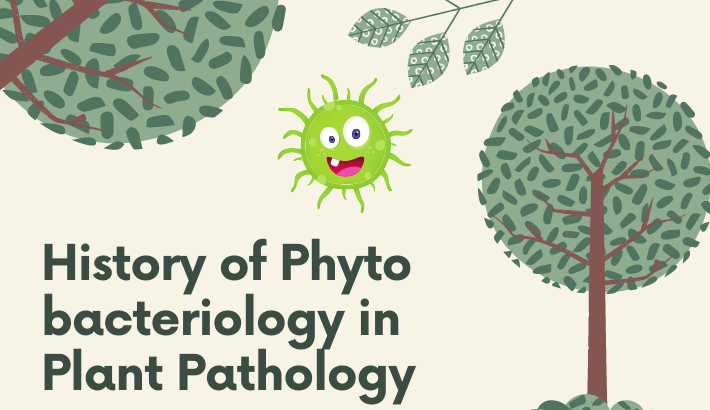Structure and Function Of Flower:
Flower:
- Flowers are the reproductive part of flower plants.
- The flower is highly modified shoot responsible for the production of seed and fruit.
- The root stem and leaves are the different organ of the plant and the flower is meant for
- Flowers may produce individually on the plant, or they may develop together in any.
Structure of Flowers:
- A flower is basically made up of four concentric rings of structures or floral leaves.
- Andorecium
- Calyx
- Gynoecium
- Corolla
- Arranged on Thalamus.
Cohesion of Sepals:
- The Sepals may be united to each other partially or completely or free from one another.
- According to cohesion the calyx may be:
- Polysepalous:
- When these are free from each other . if we pull a sepal, the other are not pulled along with itGamosepalous:
- When sepals are combined to each other. If we will drag a sepal, all will be pull the flower expend.foe example in Rosa.
Shape of Calyx:
- The fusion of sepals results in various shapes of the corolla. Such as:
Tubular:
- The sepals are merg to form a tube-like makeup, e.g.; in Verbena.
Campanulate:
- Shape of a calyx become a Bell-shaped, in Petunia alba.
Infundibulum:
- Sepals unite to form and become funnel-like.
- Sepal unite and it become like of funnel.
Pappus:
- The sepals are greatly compact and are represented by hairs forming a shape. In Sunflower
Color of Sepals:
- The sepals are green usually, but in some cases they may be colored like petals.
Such sepals are called Petaloid.
Corolla:
- It is the second ring of flower inside to calyx.
- It comprises of colored floral leaves the Petals.
- Petals are together called corolla.
Petals:
- The petals may be set in single whorl or many whorl.
- When petals are free from one another known as
- When all or few petals are united known as gamopetalous.
Shape of Corolla:
They may be occurs in many different shapes;
- Clawed
- Cruciform
- Bilabiate
- Tubular
Position and Color of petals:
- Their position may be inferior and may be superior according to their position on thalamus.
Structure and Function Of Flower is also discuses their.
Androecium:
- Androecium is the first of two reproductive whorls of flower present next to corolla of flower.
- They comprises the stamen of flower.
- Stamen:
- Each stamen consists of filament, stalk, and also bilobed structure at the top of the filaments of flower.
- Anther:
- Anther lobes are joined with each other through a tissue.
- They are also with joined with pollens.
- These stamens are also called
Number and length of stamens:
- Androecium may comprise of only two or more stamens of each flower.
- All these are present free from each other because of its length.
- The stamens of flower may be the same length.
- There may vary with relation to each other with flower.
- Stamens may be short or long in size.
Position of the stamens on Thalamus:
- Stamens are inserted below the level of ovary this condition is called the
- When the stamens are inserted above the level of ovary this condition is known as the
Gynoecium:
- Gynoecium is inner most whorl of flower consisting of the carpels.
- This occupies the center of thalamus usually this is called a
Carpel:
- A carpels are considerd to be a modified folded leaf of the plants.
- two margin of the leaf fuse together of each plant.
- fused margin is usually called ventral suture of plant.
- the line related the midrib of leaf is maybe called the dorsal suture.




Comments are closed.